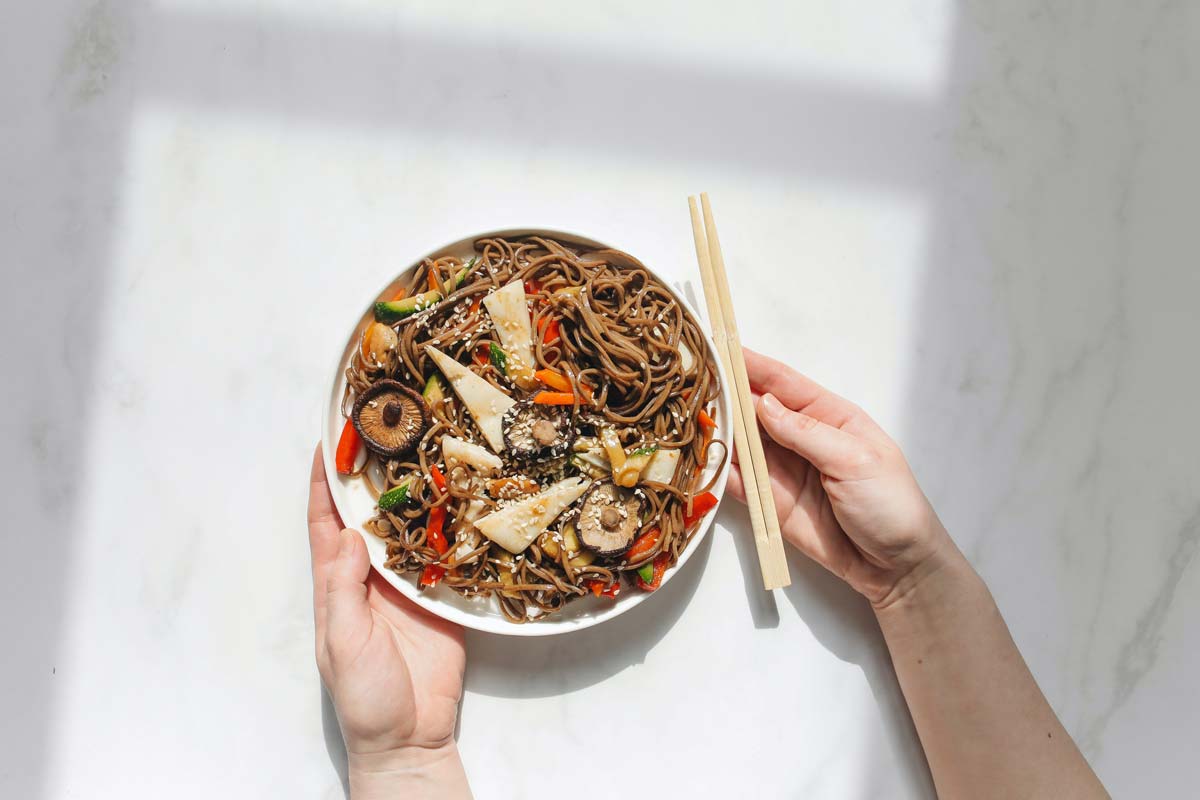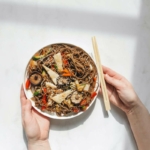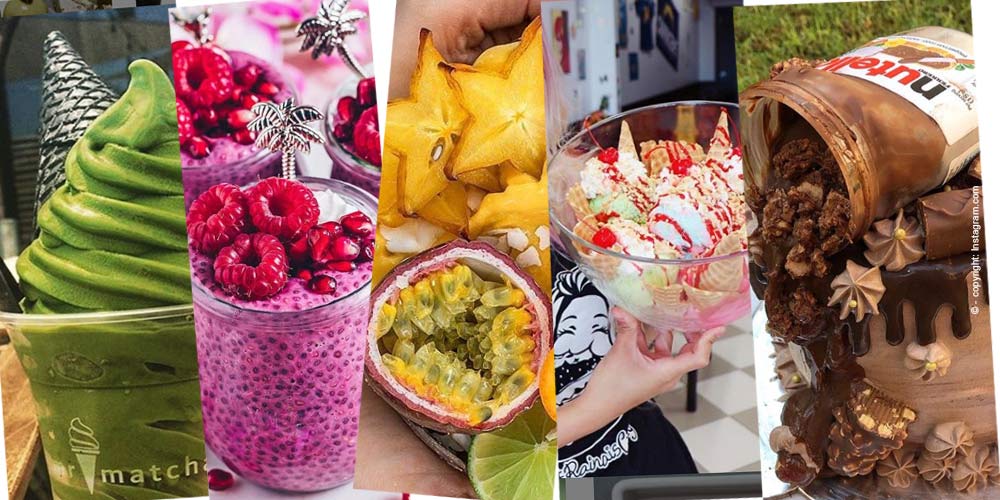Soba and Shirataki Noodles: Low calorie, low carb! You must try these Japanese noodles
Soba and Shirataki Noodles – In the diverse world of Asian noodles, there is always room for discovery and taste sensations. Today we invite you on a culinary journey to explore the benefits of Soba noodles and Shirataki noodles. Both originate from Japan, but their uniqueness and culinary merits make them true gems in the world of noodle dishes. Quick, calorie-conscious and delicious, 2 great tips from
Soba Noodles: The nutty ones from buckwheat
Soba noodles are a prime example of Japanese elegance. They are thin, elongated and have that characteristic brown color that tickles the palate with anticipation. Their main ingredient is buckwheat flour, though there are also varieties with a touch of wheat flour. Of course, you don’t have to prepare the noodles yourself; you can conveniently buy soba noodles online, at the supermarket or Asia market. Why are they so special?
Calorie Conscious & Gluten Free
Soba noodles are your choice if you want to enjoy delicious noodles without making your calorie counter skyrocket. These noodles are not only a treat for the palate, but also for the body. They are rich in fiber, protein and a wide range of vitamins and minerals that support a healthy lifestyle.
Another reason to be happy is that soba noodles made from pure buckwheat flour are gluten-free. This makes them the perfect choice for people with gluten intolerance or celiac disease.
Soba Noodles: Homemade
This is how delicious you can prepare soba noodles at home.
This is how a Japanese master makes Soba noodles!
Shirataki noodles: The low calorie from konjac root
Shirataki noodles, on the other hand, are the epitome of light and low in calories. They are transparent and have a gel-like texture because they are made from konjac root or konjac flour. Why do they radiate so much joy?
Calories & Low Carbohydrate
If you’re looking for a low-calorie pasta option, shirataki noodles are like a godsend. They are virtually calorie-free and allow you to enjoy noodle dishes to the fullest. In addition to their low calorie count, shirataki noodles are also low in carbohydrates, making them a popular choice for low carb diets.
Creative cuisine
With their neutral texture, these noodles are like a blank canvas for the creation of delicious dishes. They absorb the flavors of sauces and spices and blend in as if joyfully setting the stage for culinary masterpieces. You can easily find delicious Shirataki recipes online.
Healthy and light
You can also easily order Shirataki noodles online or buy them in supermarkets and Asia stores.
Which is better: udon or soba?
The choice between udon and soba noodles depends on your personal preferences. Udon noodles are thicker and smoother, while soba noodles delight with their nutty flavor. If you want to avoid gluten, soba noodles are the clearer choice.
Are soba noodles good for you?
Yes, without a doubt! Soba noodles are not only tasty, but also beneficial to your health. They offer fiber, protein, and an impressive array of nutrients that will boost your diet.
Are soba noodles healthier than regular noodles?
Yes, soba noodles can be a healthier option as they are rich in fiber and protein. They are also lower in calories and gluten-free, which gives many reasons to rejoice.
Are soba noodles gluten-free?
Yes, pure soba noodles are gluten-free, making them a delight for those who prefer or need a gluten-free diet.
You have to try it!
Japanese noodles are considered extremely healthy! Soba noodles and Shirataki noodles are true treasures of Asian cuisine, bringing their own unique qualities and benefits. Soba enchants with its nutty flavor and the health benefits of buckwheat, while Shirataki is light and low in calories, catapulting your culinary adventures to joyous heights.
No matter which noodle option you choose, they are both invitations to a journey of delights and discoveries in the world of Asian noodle dishes. Take the time to try them out and be amazed by their versatility and flavor. Bon appetit!
Fancy more Japan?
These healthy ingredients you should know! 14 tips from Japan – health and pleasure combined! Japanese cuisine is much more than just a culinary experience. It is an art form that uniquely combines health and pleasure. There is remarkable longevity in Japan, and it is not uncommon to meet people who are 100 years or older. But what is behind this extraordinary longevity?
Japanese cuisine & healthy ingredients







